"Stay Safe in Riviera Maya: Hurricane Season Travel Tips"

Riviera Maya Hurricane Season: Essential Tips for Travelers
Visiting Riviera Maya during hurricane season, which runs from June to November, can be both exciting and challenging. The peak period, from August to October, brings increased risks of storms. This article will help you navigate the specifics of Riviera Maya hurricane season, offering insights into weather patterns, safety measures, and even the advantages of traveling during this time. Additionally, understanding the potential impact of storm surge during the hurricane season is crucial for ensuring your safety and preparedness.
Key Takeaways
- Hurricane season in the Riviera Maya runs from June to November, peaking between August and October, yet major hurricanes are rare, with only two significant ones in the past 30 years.
- The region experiences increased rainfall, humidity, and warm temperatures during the hurricane season, but still enjoys ample sunshine and offers many activities regardless of the weather.
- Visiting during the hurricane season can lead to fewer tourists and lower costs on flights and accommodations, providing a quieter and more affordable travel experience.
Understanding Hurricane Season in the Riviera Maya
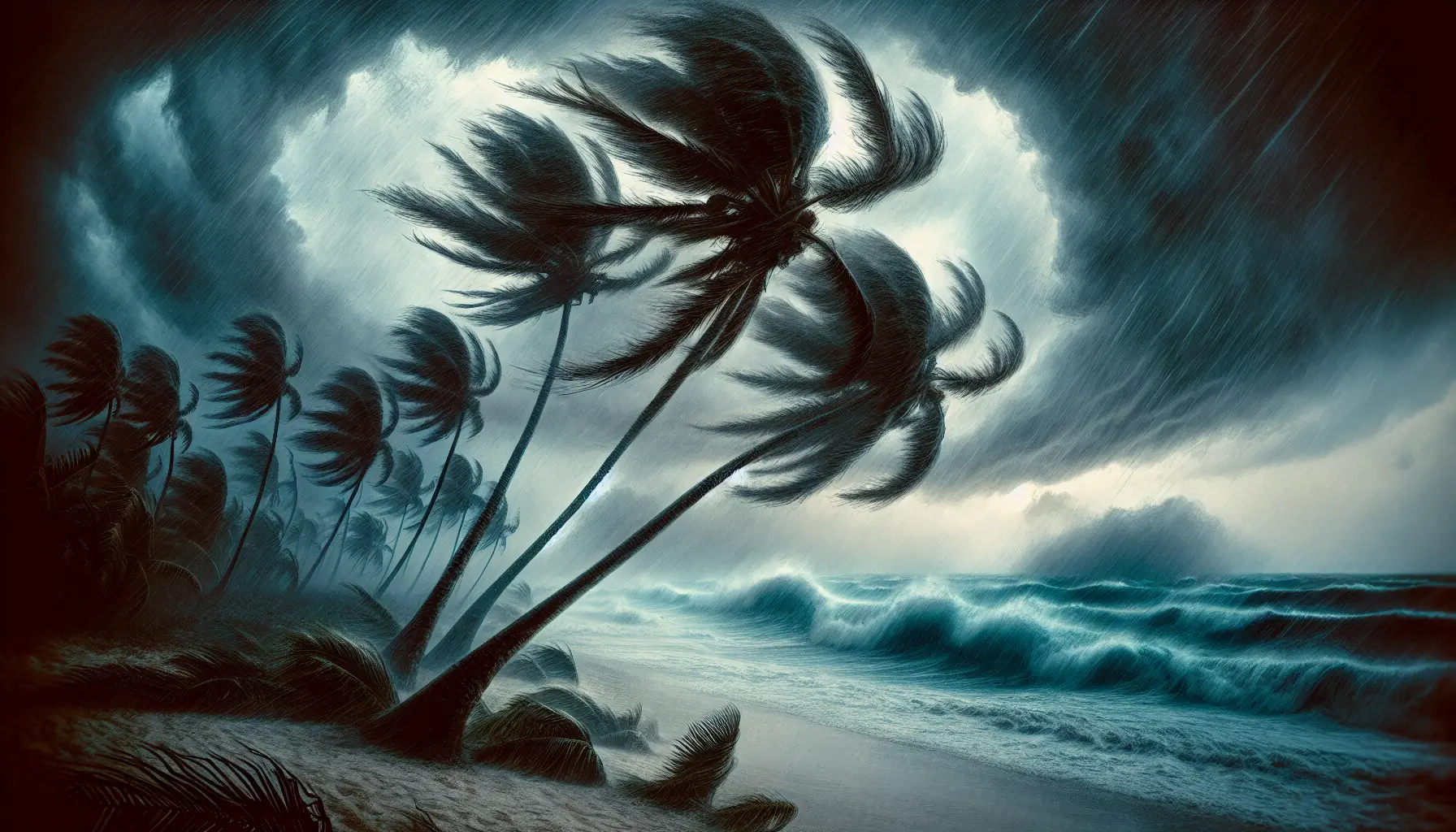 Hurricane season in the Riviera Maya spans from June to November, with the highest risk of hurricanes occurring between August and October. Despite this, major hurricanes are relatively rare, with only two significant hurricanes occurring in the past 30 years. Although being prepared is necessary, experiencing a major hurricane during your visit is highly unlikely.
Hurricane season in the Riviera Maya spans from June to November, with the highest risk of hurricanes occurring between August and October. Despite this, major hurricanes are relatively rare, with only two significant hurricanes occurring in the past 30 years. Although being prepared is necessary, experiencing a major hurricane during your visit is highly unlikely.
The region’s weather is characterized by the wet season, also known as the rainy season, which coincides with the hurricane season, and the dry season, bringing increased rainfall and humidity during the former. Understanding these patterns can help you plan better and take appropriate precautions.
Storm surge during hurricanes can lead to significant coastal flooding, posing risks to both property and safety.
So, when exactly should you be most vigilant?
Key Months for Hurricanes
August through October marks the peak of hurricane activity and tropical cyclones in the Riviera Maya, particularly in September and October. During these months, the likelihood of tropical storms and hurricanes is at its highest, so travelers should remain particularly vigilant when planning their trips.
In addition to increased storm activity, these months also coincide with the wet season, meaning you can expect more frequent and intense rains. Nonetheless, thoughtful planning and awareness can facilitate a memorable vacation, even during these peak months.
Historical Major Hurricanes
The Riviera Maya has experienced a few significant hurricanes in its history, with Hurricane Gilbert in 1988 and Hurricane Wilma in 2005 being the most notable. Hurricane Gilbert hit the region on September 5, 1988, and was one of the most powerful hurricanes to impact the area, causing extensive damage and disruption.
Similarly, Hurricane Wilma, the last major hurricane, struck on October 21, 2005, bringing strong winds and heavy rains that significantly affected the region. These events, while rare, highlight the importance of being prepared and staying informed during hurricane season.
Weather Patterns During Hurricane Season
 During hurricane season, the Riviera Maya experiences warm weather, with high temperatures and increased humidity. The humid climate, combined with the tropical conditions, can make the riviera maya weather feel quite sticky and hot. Humidity levels range from 70% in March to 84% in October, contributing to the overall warm and damp environment.
During hurricane season, the Riviera Maya experiences warm weather, with high temperatures and increased humidity. The humid climate, combined with the tropical conditions, can make the riviera maya weather feel quite sticky and hot. Humidity levels range from 70% in March to 84% in October, contributing to the overall warm and damp environment.
Additionally, there is potential for storm surge during hurricanes, which can lead to coastal flooding and significant damage.
Rainfall also increases significantly during this period, particularly in September and October, which are the wettest months. Heavy rains often occur in short, intense bursts, providing brief but powerful downpours. Despite these conditions, the Riviera Maya still enjoys ample sunshine, averaging 7-8 hours of sunshine per day from October to February.
Temperature and Humidity
Throughout the hurricane season, the Riviera Maya remains warm, with average temperatures around 81 degrees Fahrenheit in Cancun during October. The average high during this month is about 88 degrees, while the low is approximately 75 degrees, creating a warm and inviting climate.
Humidity levels during hurricane season are quite high, ranging from 80% to 84% from June to October. This humid climate can make the air feel even warmer, especially during the peak summer months. However, the warmth and humidity are part of the tropical charm that attracts many visitors each year.
Rainfall and Storm Activity
 During the hurricane season, rainfall escalates, with September being the wettest month, recording an average of 11 inches. October also sees substantial rainfall, with an average of 7 inches over 11 days in Cancun. These months experience heavy rain typically once a week, often in short bursts lasting 20 to 30 minutes.
During the hurricane season, rainfall escalates, with September being the wettest month, recording an average of 11 inches. October also sees substantial rainfall, with an average of 7 inches over 11 days in Cancun. These months experience heavy rain typically once a week, often in short bursts lasting 20 to 30 minutes.
The increased rainfall from August through October coincides with the heightened chance of tropical storms and hurricanes, making it essential for travelers to be prepared for sudden weather changes. Despite the rain, the Riviera Maya continues to offer plenty of sunny days and opportunities for outdoor activities year round.
Safety Measures for Travelers
Prioritizing safety is crucial when traveling during the hurricane season. Here are some steps to follow:
- Constantly monitor weather reports and stay informed about any potential storms.
- It is also important to be aware of storm surge warnings, as they can indicate severe flooding risks.
- Secure your accommodations and personal safety during hurricane alerts.
- Communicate with hotel staff or locals for real-time updates on the storm’s progress.
In the event of a hurricane, here are some important steps to take:
- Adhere to evacuation orders as they are determined by the storm’s severity and potential impact.
- Keep essential documents such as passports, identification, and travel insurance in a waterproof container to ensure they remain safe and accessible.
- Familiarize yourself with local emergency numbers and consulate contacts to be prepared for any situation.
Monitoring Weather Reports
Maintaining up-to-date weather information is key during the hurricane season. Constantly monitor weather updates through local radio stations, official government weather channels, and weather apps for real-time alerts on various types of storms, including tropical cyclones. The National Hurricane Center provides graphic representations to track the progress of storms and coastal areas under warnings or watches.
Signing up for alerts from the National Hurricane Center and local emergency services can provide timely information and help you stay ahead of any potential threats, such as a tropical storm. Remember, hurricanes provide ample warning as they start as tropical storms and may even begin as a tropical depression, taking days or weeks to develop.
Emergency Preparedness
Having an emergency preparedness plan is important when traveling during the hurricane season. An emergency kit should include:
- Non-perishable food
- Water
- Medications
- First aid kit
A battery-powered radio can be invaluable for staying informed in case of power outages.
It’s also important to keep important documents like passports and insurance cards in a water-resistant container. Knowing the location of the nearest hurricane shelters, especially if staying in a coastal area, can provide a safe refuge during severe storms.
Benefits of Visiting During Hurricane Season
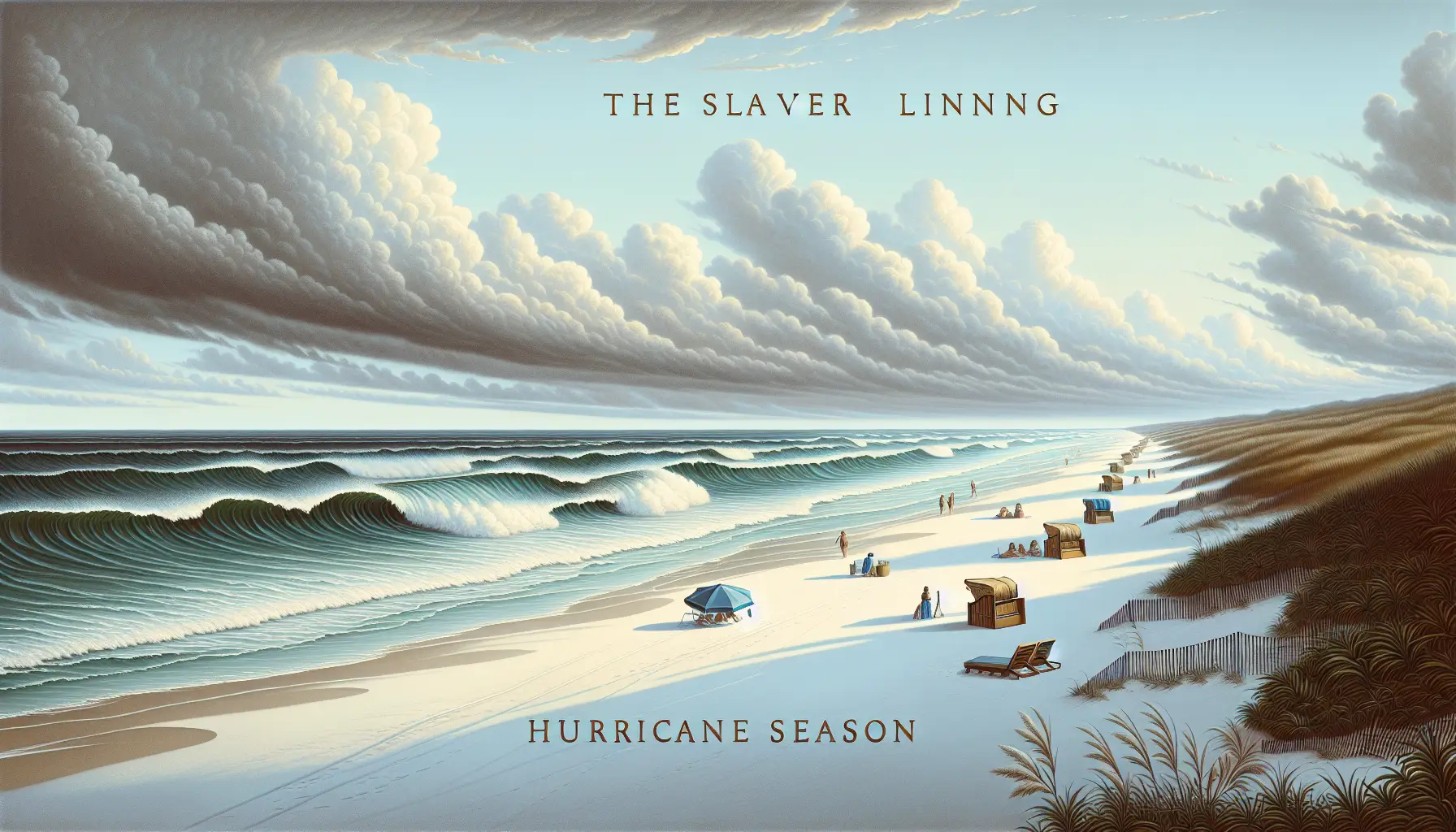 Even with potential risks, a visit to the Riviera Maya during the hurricane season presents unique benefits. One of the most significant benefits is the reduced number of tourists. With most people back to school and work, the beaches and attractions are less crowded, creating a more relaxed and peaceful environment. While tropical cyclones are a risk, they are relatively rare.
Even with potential risks, a visit to the Riviera Maya during the hurricane season presents unique benefits. One of the most significant benefits is the reduced number of tourists. With most people back to school and work, the beaches and attractions are less crowded, creating a more relaxed and peaceful environment. While tropical cyclones are a risk, they are relatively rare.
Moreover, the quieter atmosphere allows for a more intimate and enjoyable vacation experience. Travelers can take advantage of better rates on accommodations and airfare, making it a cost-effective time to visit this beautiful region.
Fewer Crowds
If you prefer to avoid the usual tourist crowds, the hurricane season could be an ideal time to visit. The late summer and early fall months see fewer visitors, resulting in less crowded beaches and attractions. This means you can enjoy the region’s natural beauty and cultural sites without the hustle and bustle of peak tourist season.
Hurricane season offers the opportunity for a relaxing vacation with quiet beaches and fewer tourists on tours. It is a chance to enjoy a more serene atmosphere and make the most of the tranquil surroundings. Imagine having a beautiful stretch of sand almost to yourself, with the freedom to explore at your own pace.
Lower Prices
Lower prices on flights and accommodations present another significant benefit of visiting during the hurricane season. Airfare tends to be cheaper in the autumn, coinciding with hurricane season. This means you can find great deals on flights and resort reservations, making your trip more affordable.
Additionally, many hotels and resorts offer special amenities and upgrades at a lower cost during this period. These savings can enhance your vacation experience, allowing you to enjoy luxurious accommodations and services without breaking the bank.
Activities to Enjoy During Rainy Days
 Your vacation plans need not be hindered by rainy days. The Riviera Maya offers a variety of engaging indoor and water-based activities that can be enjoyed even when the weather isn’t cooperating. From cultural experiences to exciting indoor attractions, there’s something for everyone. Tropical cyclones can lead to rainy days, but there are still plenty of indoor activities to enjoy.
Your vacation plans need not be hindered by rainy days. The Riviera Maya offers a variety of engaging indoor and water-based activities that can be enjoyed even when the weather isn’t cooperating. From cultural experiences to exciting indoor attractions, there’s something for everyone. Tropical cyclones can lead to rainy days, but there are still plenty of indoor activities to enjoy.
Consider exploring museums, taking cooking classes, or visiting local art galleries. These activities provide a rich cultural experience while keeping you sheltered from the rain. And for those who love the water, swimming in cenotes or visiting indoor aquariums can be a unique and enjoyable way to spend a rainy day.
Indoor Attractions
Indoor attractions in Cancun and Riviera Maya, including the Mayan Riviera, offer a perfect escape from the rain. Visit the Frida Kahlo Museum in Playa del Carmen to dive into the life and works of this iconic Mexican artist. The 3D Museum of Wonders in Playa del Carmen is another fun and interactive indoor activity suitable for all ages. So, if you’re looking for a unique experience, don’t hesitate to visit Playa del Carmen.
La Isla Shopping Village in Cancun provides a variety of shops, restaurants, and entertainment options under one roof, making it an ideal place to spend a rainy day. Many resorts also feature indoor wellness spas offering a range of treatments, allowing you to relax and rejuvenate despite the weather.
Water-Based Activities
Water-based activities can still be enjoyed during rainy days, especially in the sheltered environments of cenotes. Swimming in cenotes, such as Cenote Dos Ojos, offers a unique experience as these natural sinkholes provide covered swimming spots, making them safe and enjoyable even in rainy weather.
Visiting indoor aquariums like the Interactive Aquarium in Cancun allows you to engage with marine life and participate in activities like feeding marine animals, providing an educational and entertaining way to spend a rainy day.
Travel Insurance and Property Insurance
When planning a trip to the Riviera Maya during the hurricane season, it is important to understand the safety measures in place and the types of insurance available. While it is not common for travelers to Mexico to purchase travel or hurricane insurance, understanding the local building codes and property insurance options can provide peace of mind.
The Riviera Maya region adheres to strict building codes designed for hurricane safety, ensuring that properties are well-prepared to withstand storms. For those who own property in the area, there are real estate or property insurance policies available that cover the valuables inside your condo or house. These policies are relatively inexpensive and can offer additional protection.
Property Insurance
To safeguard your investment against catastrophic events and natural disasters, property insurance is available. This type of insurance typically covers the cost of repairs for hurricane-related damages to the interior of a property and can include coverage for personal belongings damaged during a hurricane. However, it is not typical for foreigners to buy this insurance if they purchase the right property with the right licensed real estate agent.
Property insurance can cover:
- The cost of repairing or replacing damaged or destroyed belongings
- The cost of temporary accommodation if the insured property becomes uninhabitable due to hurricane damage
Buyers should work with an experienced broker to decide on the best type of property insurance for their situation, ensuring they have comprehensive protection against major disasters.
Travel Insurance
While not commonly purchased by travelers to Mexico, securing comprehensive travel insurance can still be beneficial. It can reimburse you for unexpected expenses like accommodation if a hurricane disrupts your plans. Additionally, travel insurance often includes coverage for medical emergencies and non-refundable expenses if your trip is cut short due to a hurricane.
Travel insurance provides the following benefits:
- Coverage for trip cancellation or interruption
- Reimbursement for lost or delayed baggage
- Medical coverage for emergencies or accidents
- 24/7 emergency assistance
These benefits can be crucial during hurricanes, ensuring that you have support and resources available whenever you need them and making your travel experience more secure and stress-free.
Having appropriate insurance provides significant peace of mind, allowing you to enjoy your vacation without worrying about unforeseen events. Travel insurance can also cover disruptions caused by tropical cyclones. This section will delve into the specifics of both travel and property insurance, highlighting their importance and benefits.
Property Insurance
To safeguard your investment against catastrophic events and natural disasters, property insurance is necessary. It typically covers the cost of repairs for hurricane-related damages to structures on a property and can include coverage for personal belongings damaged during a hurricane.
Property insurance can cover:
- The cost of repairing or rebuilding the insured property after hurricane damage
- The cost of replacing damaged or destroyed belongings
- The cost of temporary accommodation if the insured property becomes uninhabitable due to hurricane damage
Buyers should work with an experienced broker to decide on the best type of property insurance for their situation, ensuring they have comprehensive protection against major disasters.
What to Do If a Hurricane Hits
In the event of a hurricane, promptly complying with evacuation orders is of utmost importance. Public properties in Playa del Carmen are designated as hurricane centers where people can wait out the storm safely. Make sure to charge all electronic devices before the power goes out and limit their usage to extend battery life.
It's crucial to be prepared for storm surge during a hurricane, as it can cause significant flooding and damage.
If evacuation is necessary, take only essential items such as valuables, passports, and credit cards, leaving behind most of your luggage. Staying informed and prepared will help ensure your safety and minimize stress during such events.
Summary
In summary, understanding and preparing for hurricane season in the Riviera Maya can ensure a safe and enjoyable trip. From knowing the key months of hurricane activity to staying informed and having the right insurance, these tips provide a comprehensive guide to navigating this beautiful region during its stormy season.
Despite the potential risks, visiting during hurricane season offers unique advantages such as fewer crowds and lower prices. By following the safety measures and enjoying indoor and water-based activities, you can make the most of your vacation. So, pack your bags, stay prepared, and enjoy the Riviera Maya’s stunning beauty.
Frequently Asked Questions
How often do hurricanes hit the Riviera Maya?
Hurricanes rarely hit the Riviera Maya, with only 2 category 5 hurricanes hitting the region in its lifetime. It's a relatively low occurrence.
Do hurricanes hit Playa del Carmen?
While Playa del Carmen is part of the Riviera Maya, it is relatively rare for hurricanes to hit directly. The area has experienced major hurricanes in the past, but such occurrences are infrequent.
What is the best month to go to Playa del Carmen?
The best month to visit Playa del Carmen is typically during the dry season, from November to April, when the weather is more predictable and there is less chance of rain or hurricanes.
When is the hurricane season in the Riviera Maya?
The hurricane season in the Riviera Maya runs from June to November, with the highest probability of storms occurring between August and October. It's best to plan your trip outside of these months to avoid potential weather disruptions.
What month is hurricane season in Mexico?
Hurricane season in Mexico generally spans from June to November, similar to the Riviera Maya. The peak months for hurricanes are August through October.
What is the rainiest month in Playa del Carmen?
The rainiest month in Playa del Carmen is typically September, with heavy rainfall and increased chances of tropical storms and hurricanes.
What should I include in my emergency kit during hurricane season?
Make sure to include non-perishable food, water, medications, a first aid kit, important documents in a waterproof container, and a battery-powered radio in your emergency kit for hurricane season. It's essential to be prepared for any situation.
What are the benefits of visiting the Riviera Maya during hurricane season?
Visiting the Riviera Maya during hurricane season can provide benefits like fewer crowds, quieter beaches, and better rates on accommodations and airfare. Enjoy a more serene and affordable trip during this time.
Updated: October 7, 2024

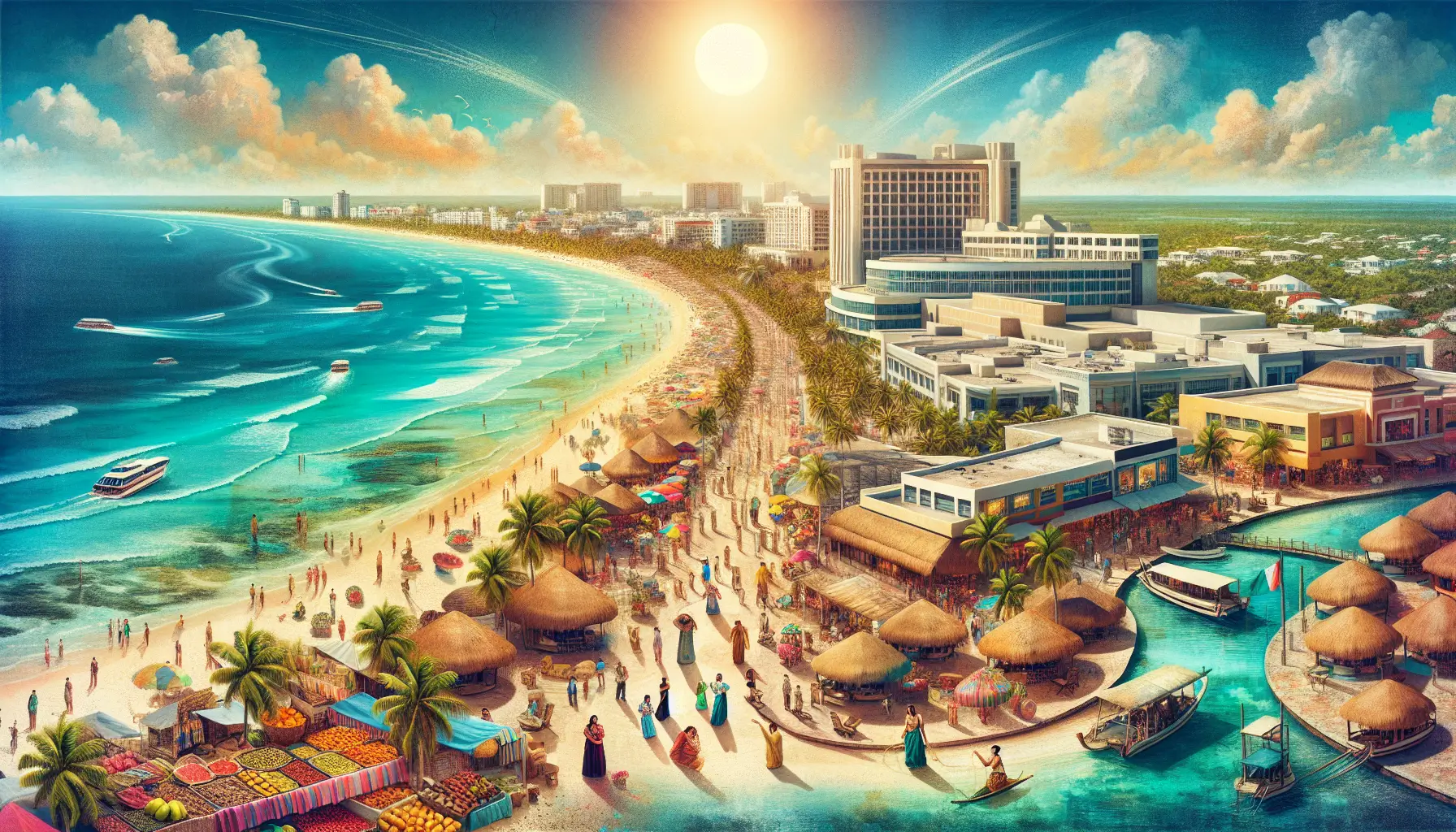
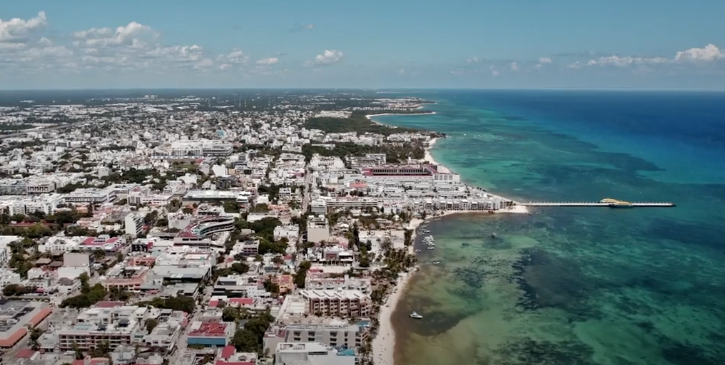
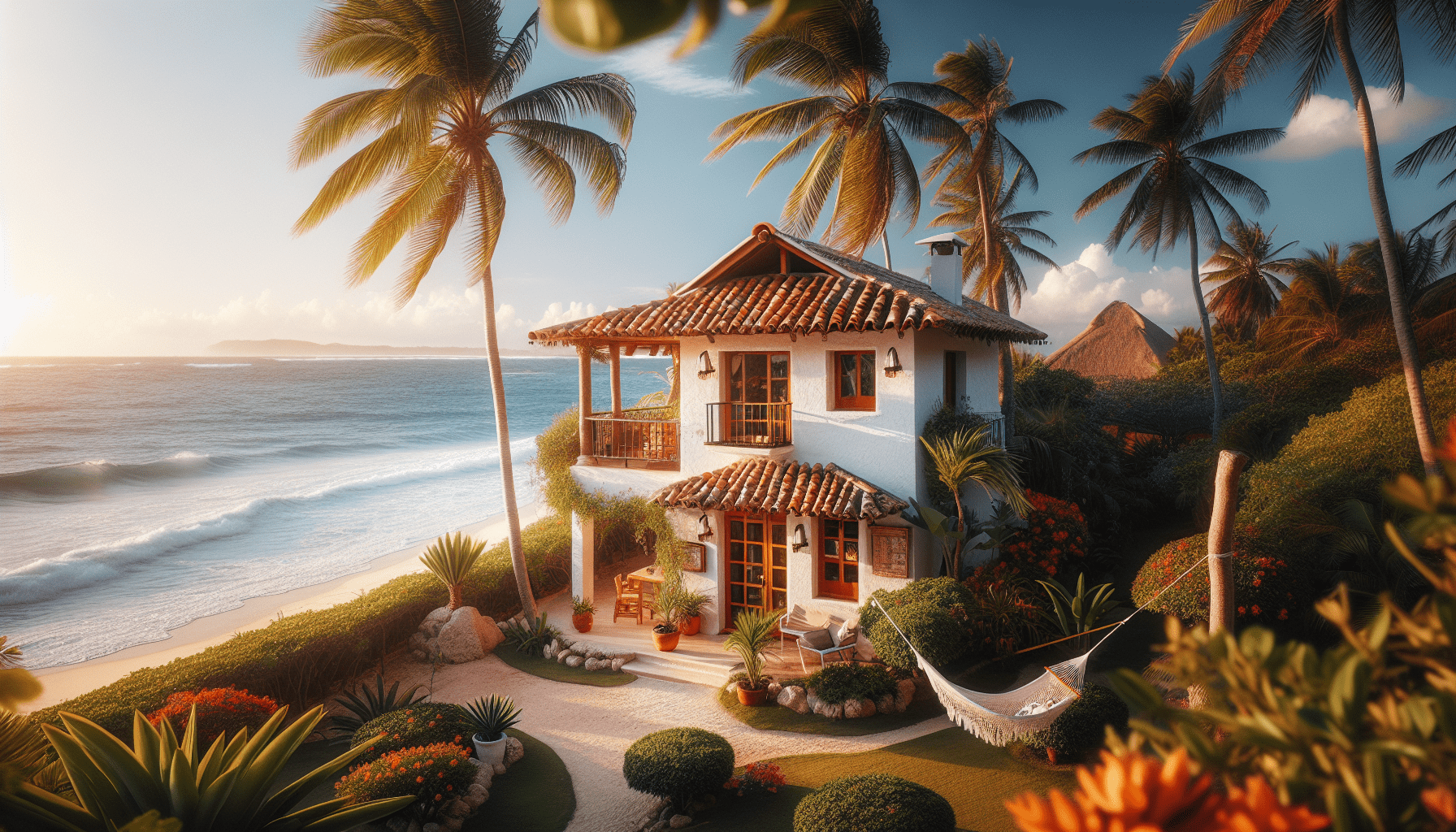


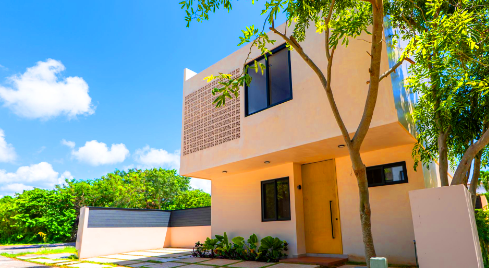



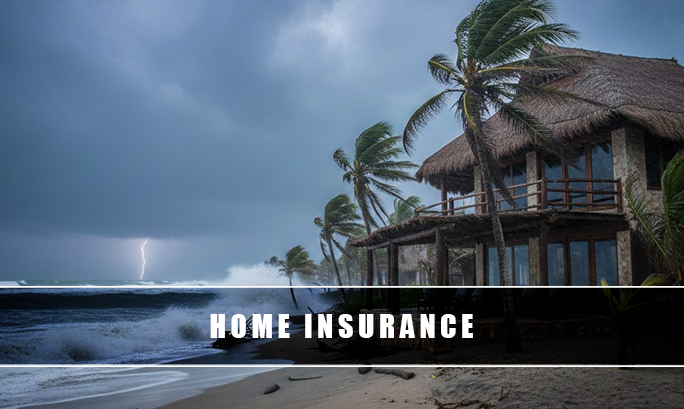
Comments (0)